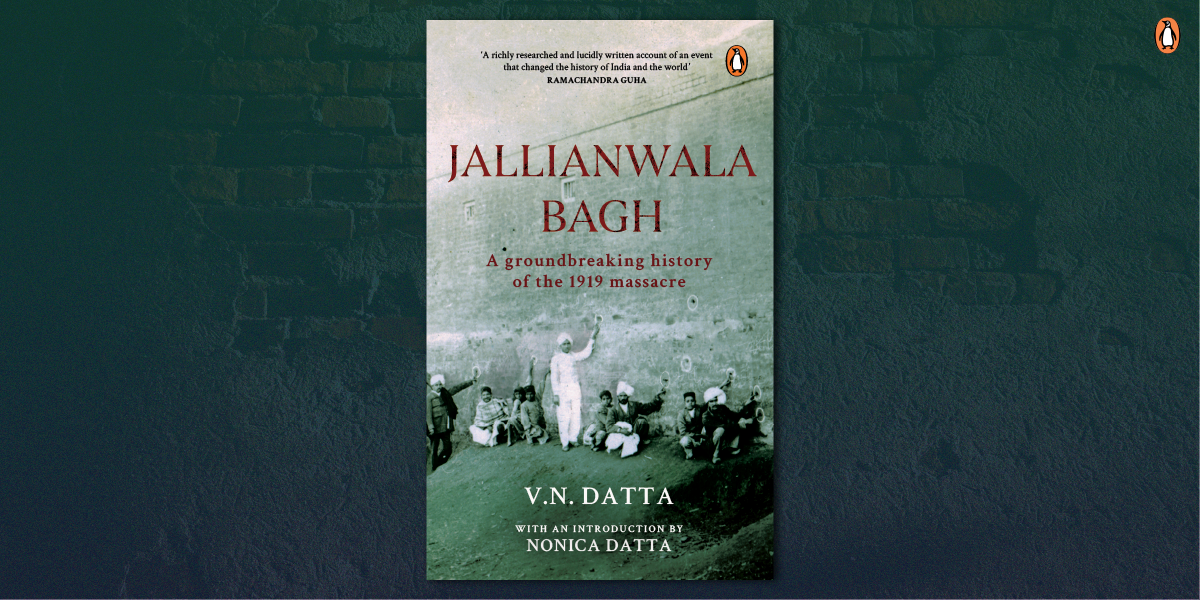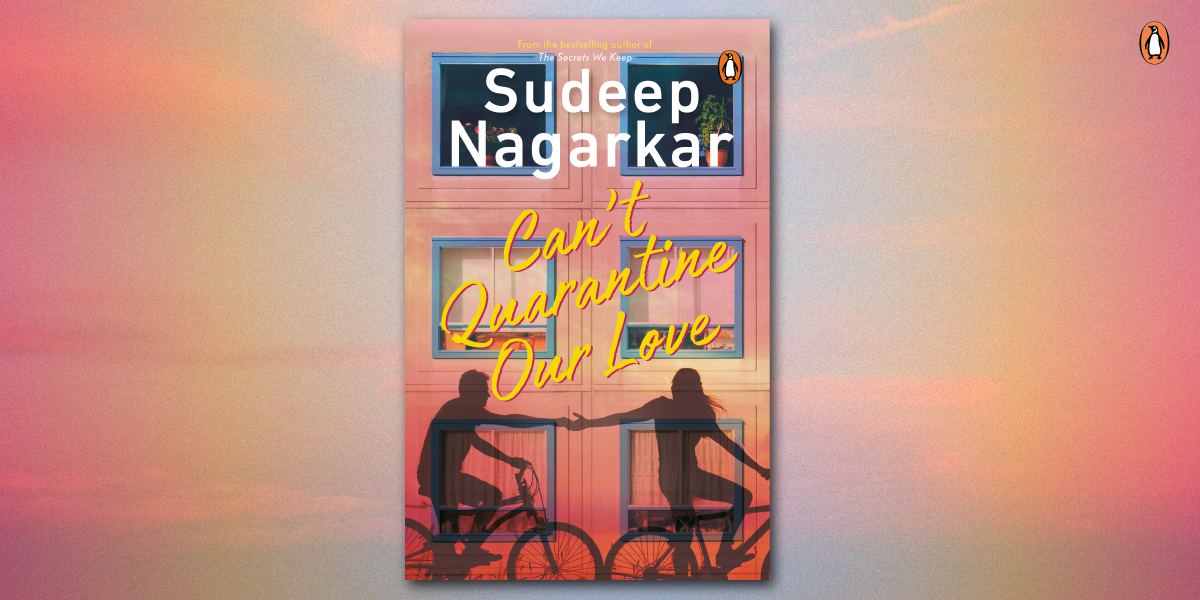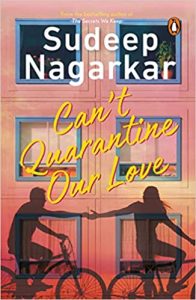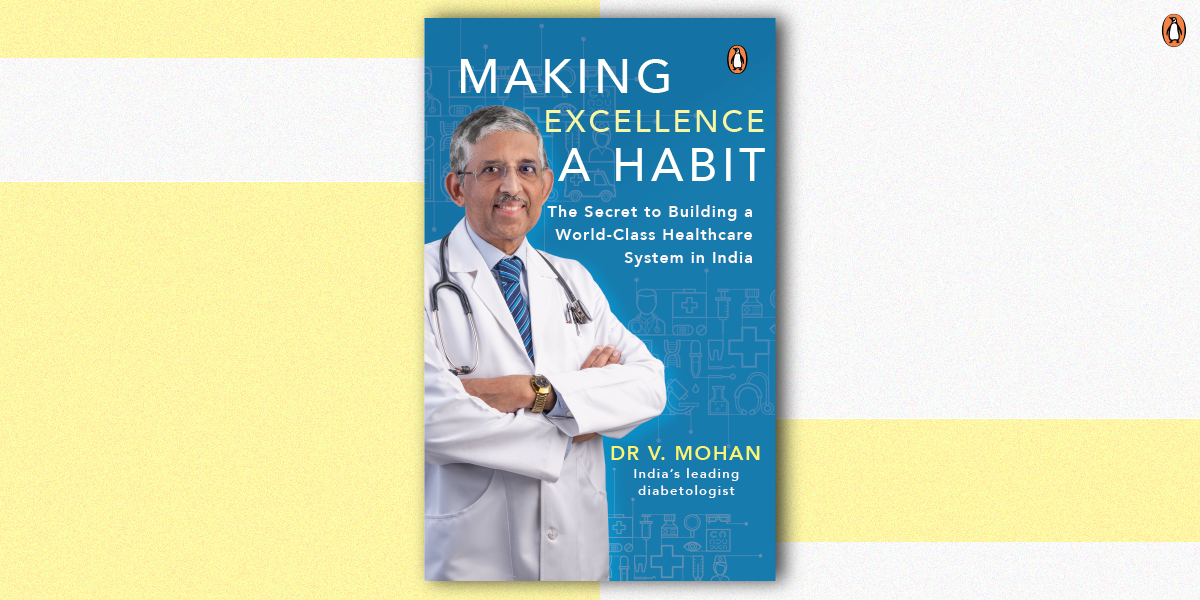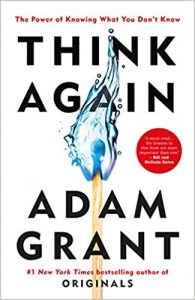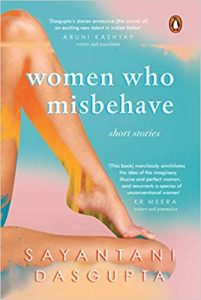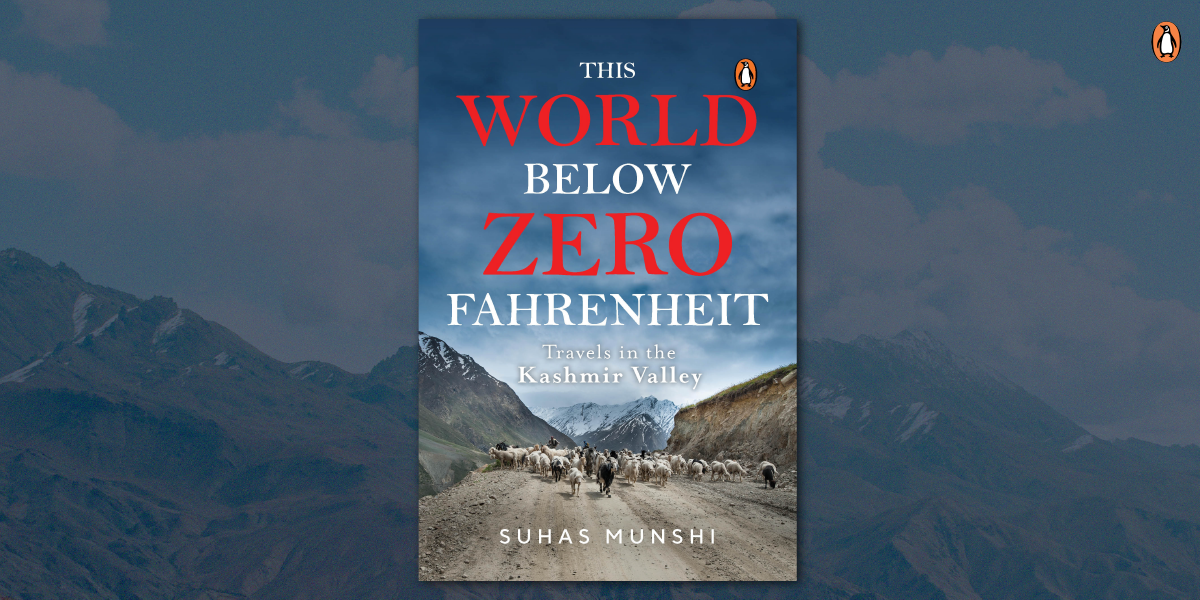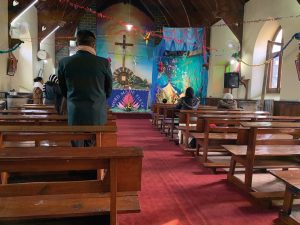In times of darkness, there has and will always be poetry. Ranjit Hoskote’s Hunchprose is an intimate crafting of vulnerability, beauty, and the feeling of estrangement that accompanies long durations of social anxiety. Here is an excerpt from the eponymous poem, and a few others:
Hunchprose
He calls me Hunchprose but what’s a word
between murderous rivals?
Across from me he strops his fine blade
smooth talker barefaced liar pissfart
teller of tall tales who wraps you up
in his flying carpet serves you snake oil
carries off the princess every time.
And I what can I offer you except
fraying knots coiled riddles scrolled bones
keys to doors that were carted away by raiders
betrayed by splayed light and early snow.
Lost doors I could have opened with my breath.
Call me Hunchpraise. I bend over my inkdrift words.
And when I spring back up I sting.
Sidi Mubarak Bombay
(1820–1885)
I should go home now, but I forget where that is.
A child, I was sold for a length of cotton and hammered into a link in a
chain of caravans. Taken across the sea in a dhow. The Arab slavers had
been generous with the whip. The Gujarati merchant who bought me
had a sense of humour. He called me Mubarak, Blessed.
Many years I worked for him in Bombay. City of opium warehouses.
City of cotton godowns. City of spice stores. City of jahazis, munshis,
khalasis, sarafs, bhishtis, sepoys that was the only family I knew. So I
called myself Bombay.
My seth died, leaving instructions that I was to be freed. I went back
to Zanzibar and built a house. In Bombay I was a Sidi, a man from
the Zanj, a man the colour of night. In Zanzibar I spoke Gujarati,
Hindustani, two words of English. Stuttered in Kiswahili. But this
new–old country spoke to me in rhymes of soil, sand, river, jungle. It
brought me gold. Coral. Also pearls.
Speke Sahib, Bwana Speke, wanted me to be his guide. Then Burton

Sahib came. Bwana Burton. Then Bwana Stanley. Bwana Speke was
looking for the source of the Nile. So were they all. I was their compass
and their sextant. With them, I looked for the source of the Nile.
Once, we nearly died. As if the journey was cursed. Burton Sahib
vomiting all the time. Bwana Speke going blind, his eyes gummy and
swollen with too much dreaming. At last, Ujiji. The lake rippled from
one end of the world to the other. Wide as a sea cradled in a giant’s
palm. God forgive us, we tried to cross it. Bwana Speke lost his hearing.
A beetle had crawled into his ear. What afrit possessed him I don’t
know, but he tried to get it out with a knife. No boats large enough to
cross that lake. Later, I crossed Africa from coast to coast. Walked more
than any other man alive. Logged six thousand miles, most of it on foot,
match that if you can. Sometimes donkeys.
Long after I left Bombay and went back to Zanzibar, its smells followed
me. Freshly chopped garlic, fenugreek, heeng, pepper, cinnamon,
bombil drying in a sharp wind. ‘Bombil,’ I would say to myself, sitting
on my stoop, looking across the sea, rolling the syllables in my mouth.
‘Bombil, surmai, bangda, rawas.’ The masala-thick pungency of one fish
after another after another would settle on my tongue. My neighbours
must have thought I was chanting spells.
Voice
I’d snatched at every straw
and thought you’d got it right at last:
swallowing swords
when you could so easily have been
sewing buttons
I should have told myself:
Be careful what you wish for
before you stropped yourself
into a voice
that could call down rain
rap out commandments
needle the air with prophecies
or draw it into a bowstring
snatch breath away
Why did you call down
this darkness on yourself?
Where
in this garden of unsealed tombs
did we lose our serenades?








